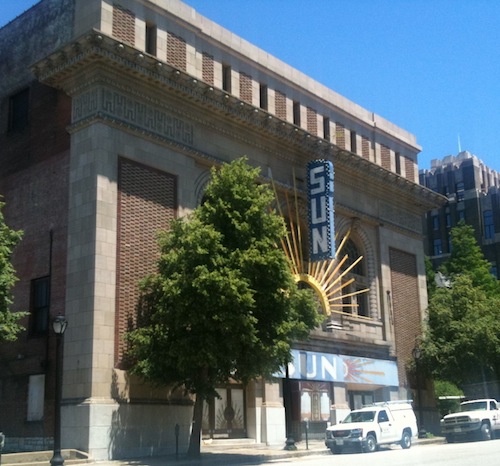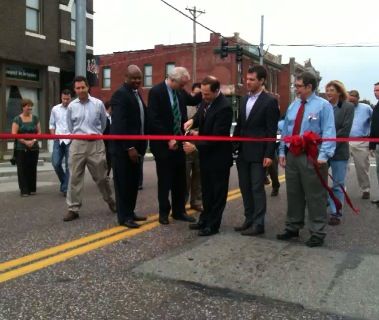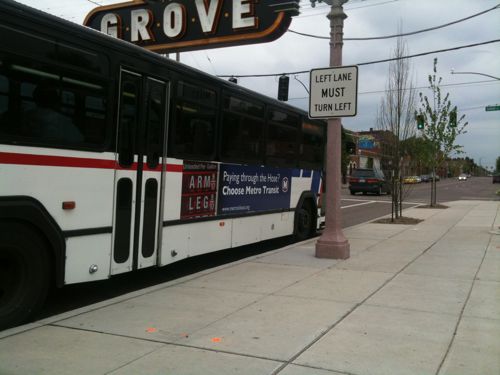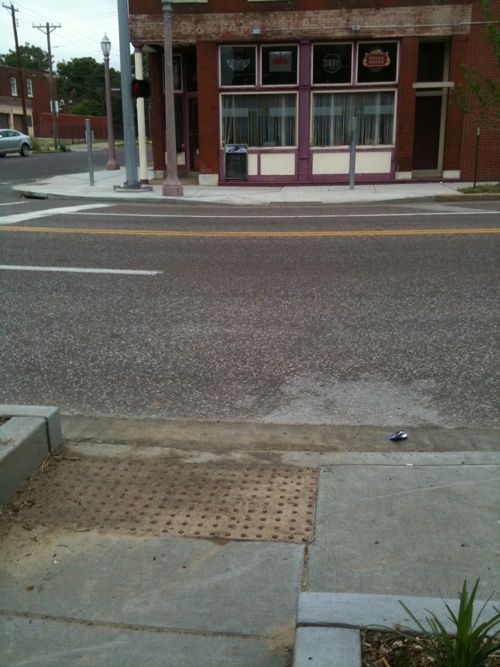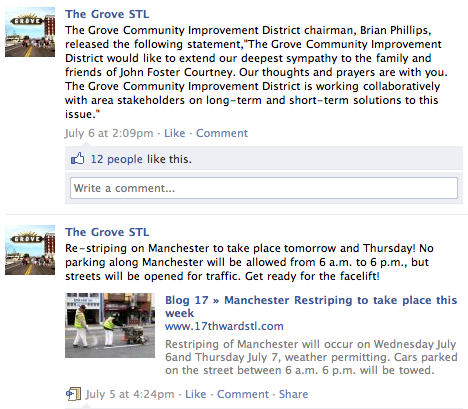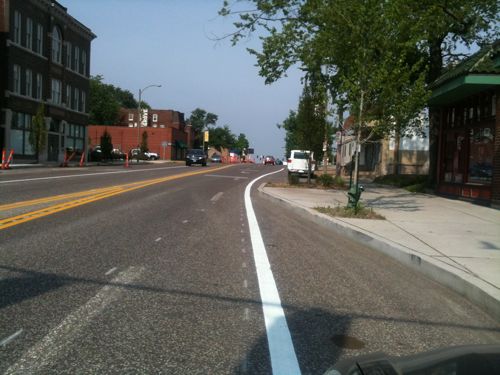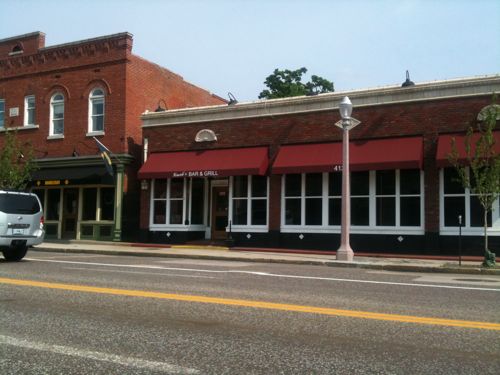Speed Bump Bill Hits a Bump in the Political Road

Recently the humble speed bump was elevated to a political issue, from MayorSlay.com:
“Today, I vetoed an odd little bill that would have paid for the installation of speed bumps in one of the city’s 105 parks. The bill’s sponsor ignored the testimony of the Streets Department that there were better and more effective ways to slow traffic and the opinion of the city counselor that such constructions are legally questionable under state and Federal law.
At my direction, the city’s operations director will work with the directors of the Parks and Streets Departments, the city’s chief engineer, the park’s users, and the bill’s sponsor to find appropriate, effective, and legal measures to calm traffic along that stretch of park road. If the issue is safety, not aldermanic courtesy, that will solve the problem.”
The sponsor was 21st ward alderman, Antonio French, a personal friend of many years. The bill was BB43.
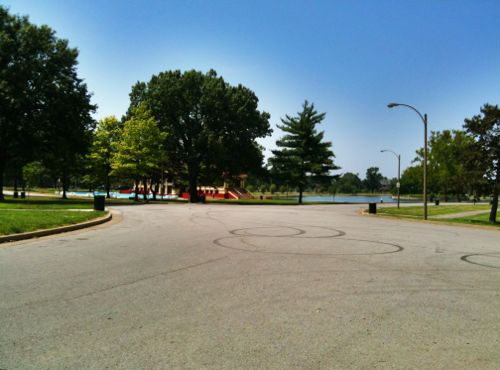
I visited O’Fallon Park to check out the places where French wanted speed bumps, namely two points where the newish jogging trail crossing the main internal road in the park. I can certainly see why he wanted something to slow traffic, neither crossing point is marked other than two faint crosswalk lines.
The phrase “speed bump” doesn’t really apply in the case of O’Fallon Park, speed hump is better:
Speed humps are rounded raised areas placed across the roadway. They are generally 10 to 14 feet long (in the direction of travel), making them distinct from the shorter “speed bumps†found in many parking lots, and are 3 to 4 inches high. The profile of a speed hump can be circular, parabolic, or sinusoidal. They are often tapered as they reach the curb on each end to allow unimpeded drainage.
They are both inexpensive and effective. Â But the mayor questioned the legality in his blog post on the veto:
The mayor is referring to the recommendation he received from the city counselor’s office, which told him in a statement, “since speed bumps are not explicitly permitted in [Missouri Statutes section] 304.120, they logically fall under the category of prohibited obstructions in [section] 229.030.” The counselor’s office goes on to state that the speed bumps would create additional legal liability for the City. (RFT)
At the request of the Post-Dispatch, the local [MoDOT]Â office researched state law on the issue, and found no reference whatsoever to speed “bumps,” which are in parking lots, or “humps,” which are in streets, said Traffic Operations Engineer Brian Umfleet.
And the law, Umfleet said today, typically spells out what is illegal. Roundabouts, for instance, aren’t in state law either. Nor are some of the newer, fancier traffic-control methods, such as the “Diverging Diamond,” at Dorsett Road and Interstate 270 – yet MoDOT builds those, too. (STLtoday.com)
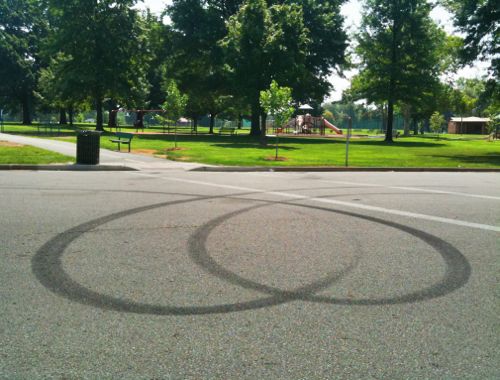
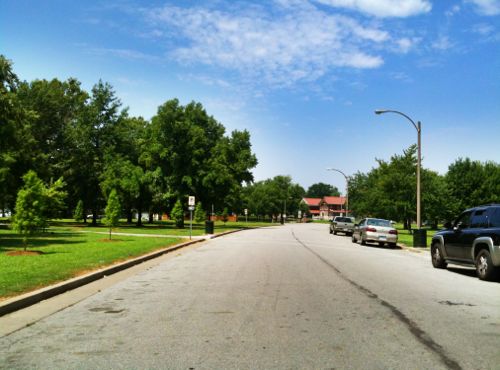
How could these crossings have only two narrow crosswalk lines and no signs at all? I wondered if this was the norm so at first I visited O’Fallon’s south side counterpart, Carondelet Park.
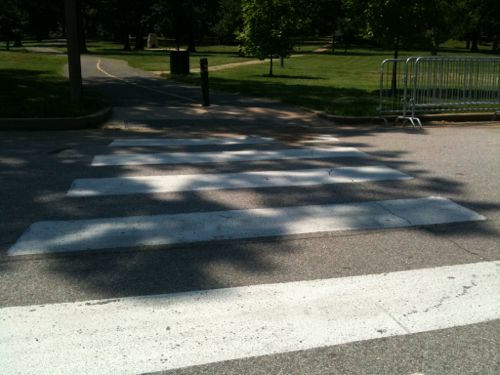
The crosswalks in Carondelet Park are significantly more visible than the standard crosswalk markings in O’Fallon Park.

I personally prefer the Zebra or Ladder styles of crosswalk markings.
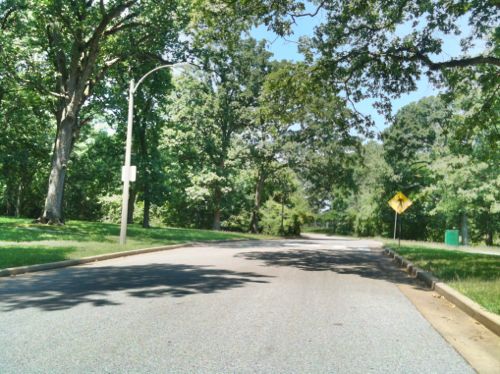
It would appear the city skimped on pedestrian safety when the jogging path was completed in O’Fallon Park, relative to Carondelet Park at least. Â Forest Park uses textured pavement near such crossings to slow traffic, in addition to warning signs. It amazes me French had to introduce a bill and have the mayor veto the bill over something that should have been included with the original installation of the jogging path.
– Steve Patterson
